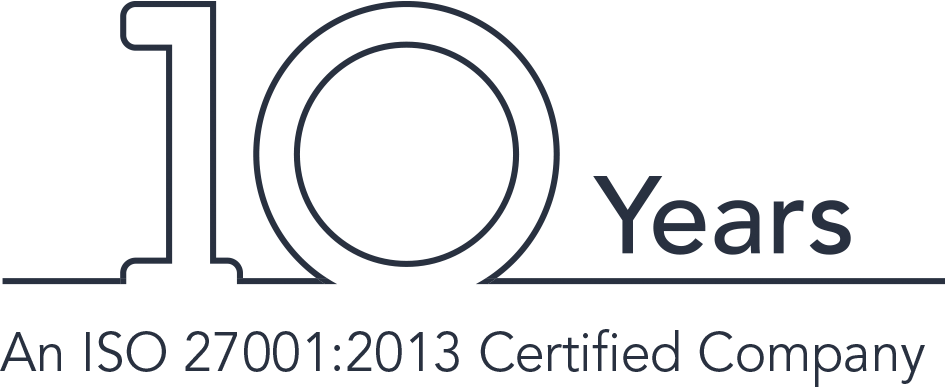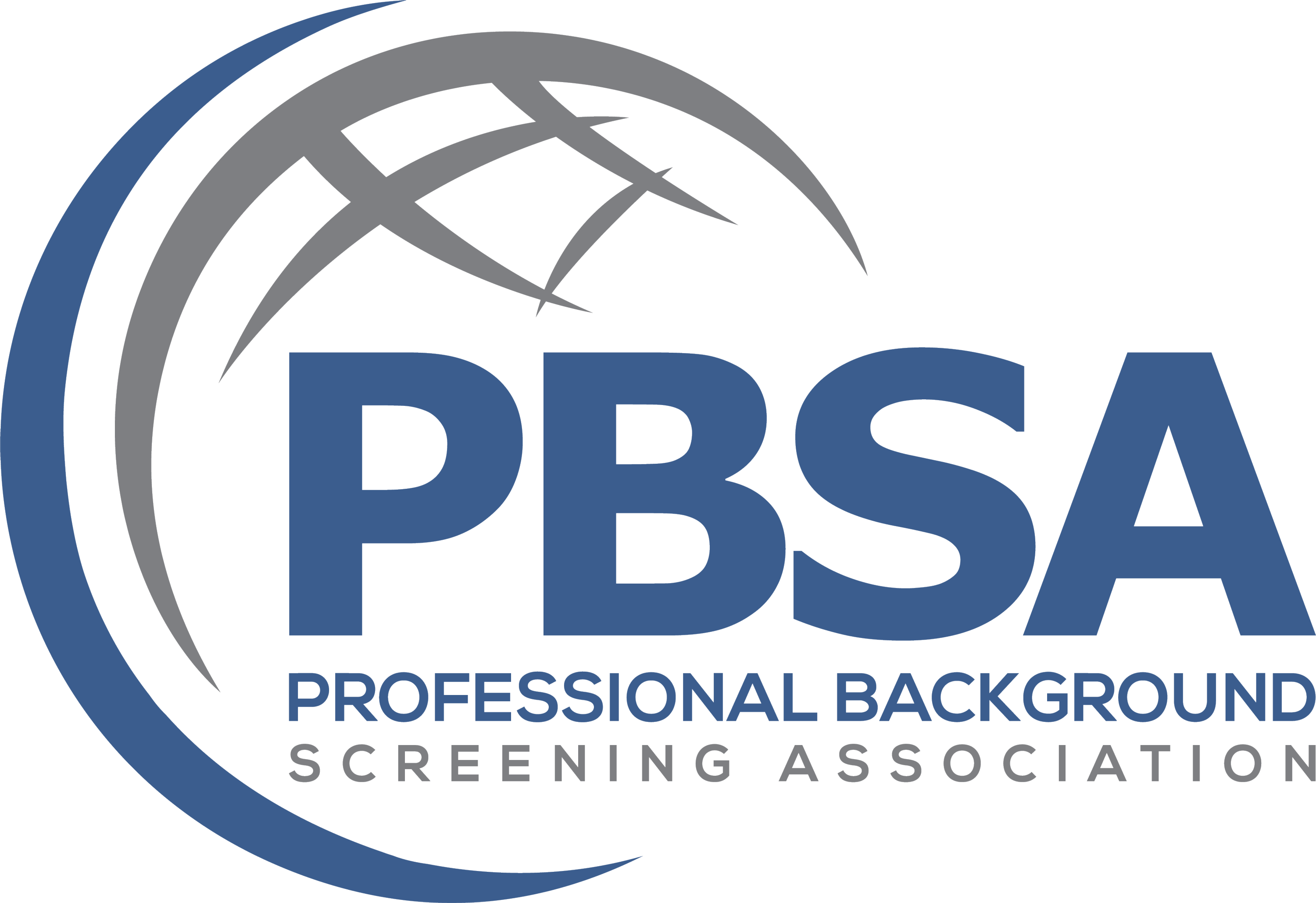In the wake of the COVID-19 pandemic, the health and well-being of employees became more critical than ever. According to a survey by Artemis, benefits leaders who prioritize employee health as a top priority have increased from 2019 to 2020. At 61%, health and wellness was cited as the most important benefit goal for 2020, up from just 36% in 2019.
To help keep employees healthy and safe, employers and HR leaders, who are often viewed as the gatekeepers of employee health, have implemented new strategies and benefits.
- Flexible benefits to focus on healthcare management
Increasingly, flexible benefits plans are being used to satisfy workers’ desire for choice in areas such as healthcare coverage, insurance, and vacation days. This is most beneficial for healthcare availments which employees can customize in accordance with their own needs and contexts.
- Hybrid work policies
In order to ensure that every employee receives the care they need and deserve, HR teams will need to offer flexible benefits that can be tailored to their location, be it onsite or from their homes. In order to alleviate these issues, decision-makers should work together to develop a hybrid work policy that outlines the eligibility criteria and what the expectations of a hybrid employee are, including how many hours they are expected to work per day, whether or not they are expected to come into the office space, and what health benefits are supported with that hybrid model.
- Flexible leaves to address health crisis
Employers must make informed workforce decisions with contingencies, especially when it comes to leaves, as we cannot predict the future or if another COVID-19 spike will occur. Flexible and compassionate policies allow employees to carry over negative vacation/PTO balances and dip into future accruals, which some employers are now adopting as their standard practice.
- Business Continuity Plan to administer employee benefits
Increasing competition for top talent and longer workdays in the United States have prompted companies to significantly expand their employee benefits. Even though a good coffee machine and personal computer once sufficed, today’s professionals expect benefits such as free or heavily subsidized on-site meals, childcare, laundry services, and transportation.
Hence, business continuity planners must account for the full range of goods and services their employees could lose access to in the event of a natural disaster in order to ensure their well-being and avoid operational disruptions.
- Mental Wellness
Three-quarters of employers in the recent McKinsey and Company national survey designated a mental health leader, with a subset of approximately 40% appointing them to executive roles in mental health. They are in charge of evaluating benefits, making sure that employees have access to treatment, keeping tabs on their well-being and mental health requirements, and overseeing programs for behavioral health in the workplace.
Rather than simply providing employees with the number for the employee assistance program, HR can also take on a more proactive role in assisting employees to address their healthcare concerns as a means to better understand the organization and how it operates.


